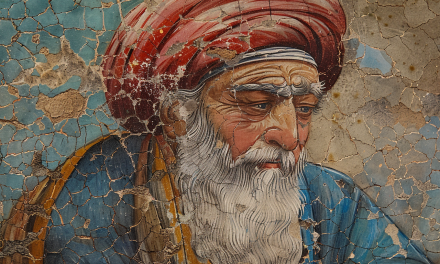Within many of the world’s major religions, there are distinctions between orthodox and non-orthodox traditions and interpretations. But what exactly separates orthodox from non-orthodox faiths?
Orthodox Religions: Strictest Adherence to Founding Teachings
At its root, the term “orthodox” refers to upholding the original, traditionally accepted beliefs and practices of a religion as they were historically established and handed down over generations. Orthodox faiths are defined by their unwavering adherence to the core ancient doctrines and their resistance to reformations or reinterpretations that deviate from those fundamental starting principles.
In Christianity, the Orthodox Church represents the branch that continued following the traditions and theological teachings of the original undivided Church before the Great Schism of 1054 divided it from Catholicism. Orthodox Judaism is the traditionalist branch that meticulously observes the most strict applications of Jewish laws and customs derived from the Torah.
Similarly in Islam, orthodox aqidah is the theological doctrine of striving to follow the Quran and life example set by Muhammad exactly as originally revealed, without adding or subtracting interpretations. Across religions, the orthodox faiths pride themselves on preserving the purest, most original form of the religion’s tenets without compromises.
Non-Orthodox Movements: Reinterpretation and Reform
In contrast, non-orthodox branches of various faiths allow for more flexibility in interpreting the foundational teachings to account for changing cultural contexts, new scholarly critiques, or modernist ethical perspectives that conflict with certain orthodox views or practices.
Non-orthodox schools of thought aim to reform parts of religious doctrine or ritual observances that they see as needing to evolve with the times rather than being completely inhibited by traditionalist stances. Anything from adopting contemporary cultural attire in places of worship to reconsidering dogmas on social issues like gender roles may be reexamined through a reformist non-orthodox lens.
Examples include the non-orthodox Reform and Conservative branches of Judaism, the Anglican and Protestant Christian denominations that emerged from the Reformation, and the progressive reform movements within Hinduism and Buddhism that challenged orthodox caste systems and certain ritual requirements.
While adhering to core spiritual and ethical principles, these non-orthodox faith perspectives feel the original religion should be open to reinterpretations and revisioning in order to remain relevant, relatable, and applicable to each new era of human existence.
Ultimately, whether orthodox or non-orthodox, many adherents across religions view their spiritual traditions as eternal sources of wisdom worthy of preservation and reverence. The key divide is in how immutable that wisdom’s original packaging should remain in the face of modernity.





